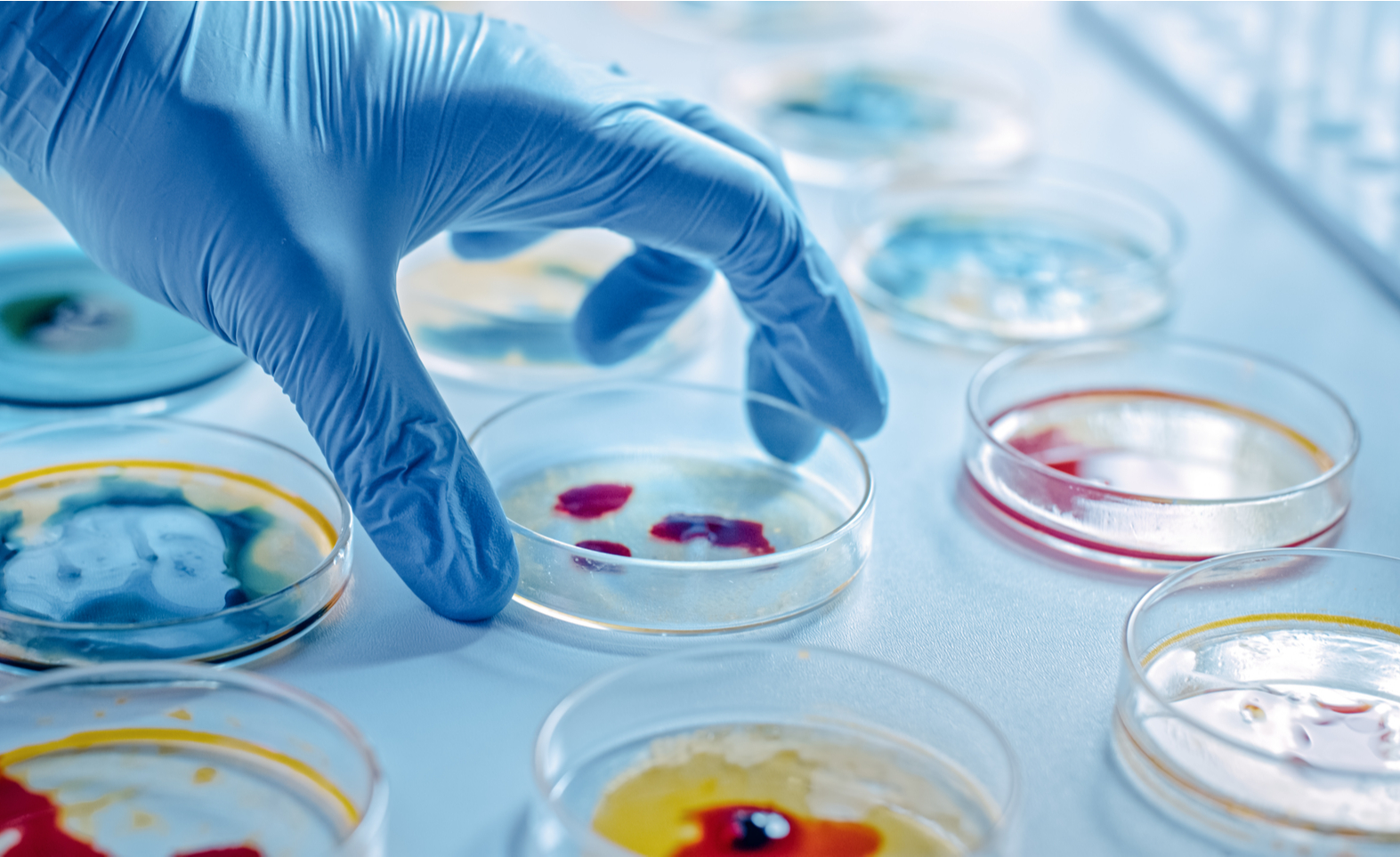
May 4, 2021
The initiative was born out of the Department of Science and Technology and the UK’s EPSRC industry body.
The sensor has been developed from printable paper and will create hydroponic barriers to antimicrobial pollutants.
Pharmaceutical waste, hospital effluents and municipal wastewater are three chief sources of AMR particles.
Focus on funding, sustaining original research and helping train research on local issues can elevate microbiology research.

As part of the partnership between Natural Environment Research Council and Engineering and Physical Sciences Research Council UK (EPSRC) and India’s Department of Science and Technology, IIT Madras and a UK-based research team announced the launch of a jointly developed antimicrobial pollutant sensor. Created using laser-printed paper, the microfluidic entity can detect the presence of contaminants in water including poisonous heavy metals, antibiotics, and biocides to aid food safety, environmental monitoring, and healthcare spaces. Dr T Renganathan, Associate Professor, Department of Chemical Engineering, IIT Madras described the intricacies of the project “We use a normal laser printer without any modification and it offers high resolution and accuracy. The hydrophobic barriers are compatible against organic solvents and high temperatures. The developed laser printed paper-based microfluidic sensor is a viable option for large-scale manufacturing and enables routine monitoring of pollutants in both developed and resource-constrained regions,” The printed paper constitution coupled with the ability of the product will enhance its potential for nationwide scalability.
The Indian Journal of Medical Research identifies three key sources of antimicrobial water pollutants: (i) pharmaceutical waste, (ii) municipal wastewater, (iii) hospital effluents. Harmful microbial like ciprofloxacin, beta-lactam sulphonamides, and fluoroquinolones are often released into sewers from pharmaceutical waste outlets. Human waste and traces of enterococci found in municipal wastewater is the leading contributor to an increase in antimicrobial-resistant (AMR) particles. With regard to hospital effluents, the high presence of tinidazoles was reported in addition to the standard AMR particles. The Journal reports that the concentration of hospital effluents was high enough to alter strains of bacteria. Given the extent of AMR particular discharge from hospitals, experts advocate for the presence of effective wastewater treatment technologies so as to minimize impact.
Experts opine that microbiological research in India could benefit through greater funding and incentives to facilitate original, world-class work. Creating an environment conducive to the exploration of concern areas and solutions in India, can further elevate the scope of the national R&D ecosystem.